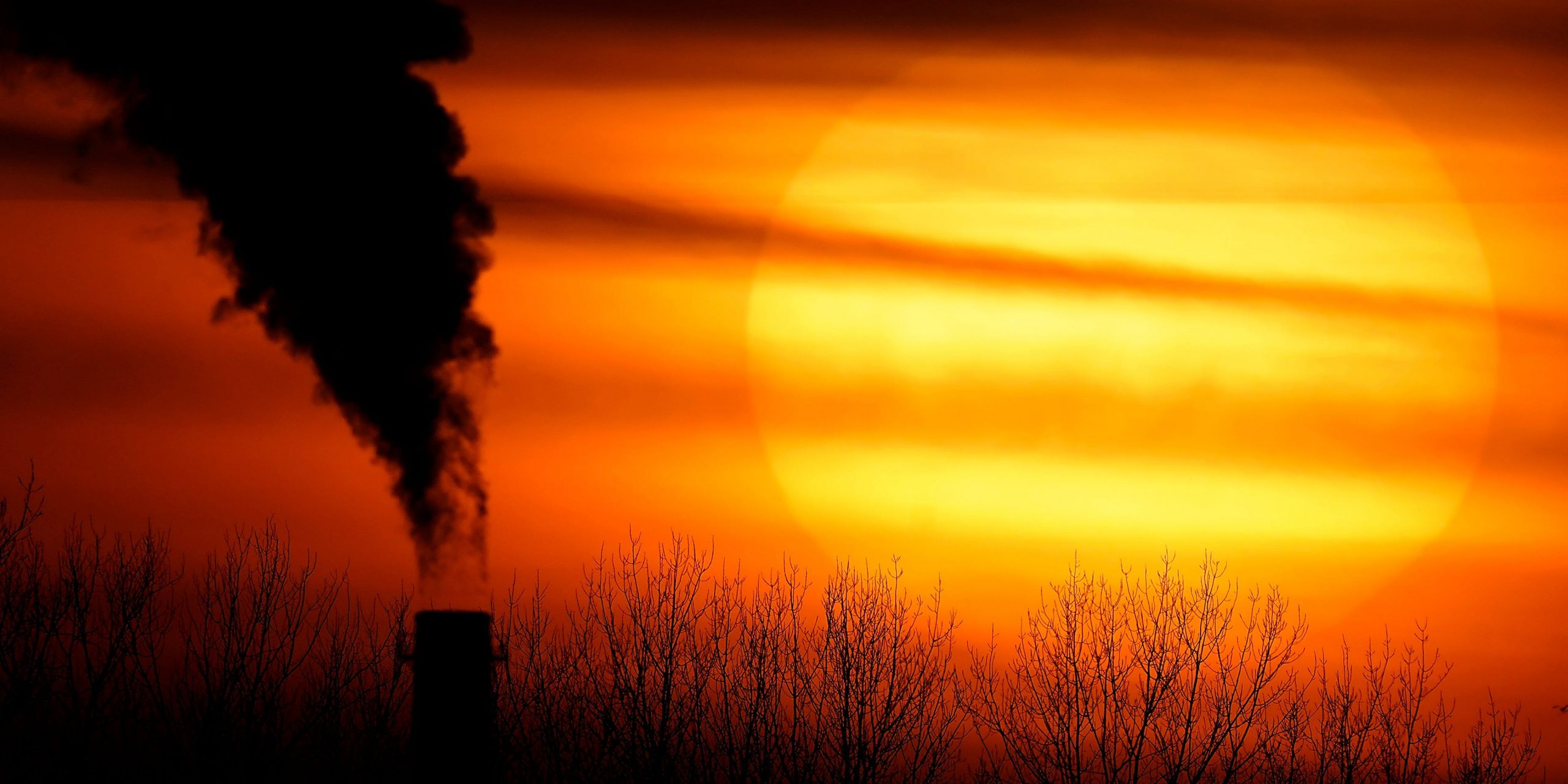
AP Photo/Charlie Riedel
- New climate data released Tuesday shows temperatures across most of the US are trending up.
- The yearly 'normal' temperature for the country reached a record-high of 53.3 degrees over the last 30 years.
- Climate scientist Mike Palecki said the higher normals were one sign of ongoing climate change.
- See more stories on Insider's business page.
National data released Tuesday by the National Oceanic and Atmospheric Administration supports what scientists have been shouting for years: The ongoing climate crisis has created a wet, hot, American climate.
The country's new normal temperature is one full degree hotter than it was only two decades ago, according to an updated set of thirty-year climate averages for the contiguous US known as climate normals.
Climate normals are calculated by meteorologists based on 30-years of data to avoid the randomness of daily weather. The National Oceanic and Atmospheric Administration updates the country's normal every decade, noting annual, seasonal, and monthly climate normals for the country as a whole, as well as individual states and cities.
Tuesday's data includes data from more than 9,000 daily reporting stations collected from 1991 to 2020.
"The biggest signal that we're seeing is a warming throughout the United States," Mike Palecki, project manager for US climate normals at NOAA, told Insider.
Except for a few states in the Northern-Central region of the country, the nation has seen a "pretty ubiquitous warming," over the past thirty years, especially in the Western US, the Southern end of the US, and the East Coast, Palecki said.
The yearly normal temperature for the country as a whole reached a record-high of 53.3 degrees Fahrenheit (11.8 degrees Celsius) - one full degree warmer than the normal temperature twenty years ago. Since the country's first normal was calculated between 1901 and 1930, the contiguous US has warmed 1.7 degrees Fahrenheit (0.9 degrees Celsius).
"The last couple of 30-year normal periods have shown very substantial warming over the contiguous US and Alaska," Palecki said.
He noted that normals aren't the best product for actually ascertaining climate change, but said they do reflect the impacts the climate crisis has had on the country's normal, day-to-day climate.
Palecki said the hotter normals were "definitely" a sign of ongoing climate change.
"We're taking this 30-year snapshot and we're seeing the fingerprints of the kind of climate change we would expect related to increasing greenhouse gasses," he said. "These are expected from a lot of our modeling studies of climate change."
In addition to warmer temperatures throughout most of the nation, the new data also shows an increase in precipitation in the eastern and central parts of the country, while conditions in the West have become notably drier.
For example, New York City, Seattle, and Asheville all saw increases in rainfall. But in Phoenix and Los Angeles, rainfall dropped considerably.
Though people tend to focus most on warming temperatures, Palecki said climate change's impacts are complex.
"Atmospheric circulation changes, cloudiness changes, rainfall patterns, snow cover, all of these things feed back into the temperatures, so you get a pattern of temperature change, and not the same temperature change everywhere," he said.
Such complexities likely explain why states like Minnesota, Montana, and the Dakotas, didn't see increasing temperatures, and in North Dakota's case, actually recorded a cooler new normal than the previous thirty-year period.
Though climate scientists are somewhat mixed on how useful new normals are - Pennsylvania State University climate scientist Michael Mann told The Associated Press that adjusting the normal every decade "perverts the meaning of 'normal' and 'normalizes' away climate change" - Palecki said having a standard "normal" is beneficial for everyone from broadcast meteorologists to energy companies, and agricultural workers to retail vendors selling seasonal clothes.
"The actual normals themselves are key to...putting today's weather in context and tomorrow's forecast in context," he said.